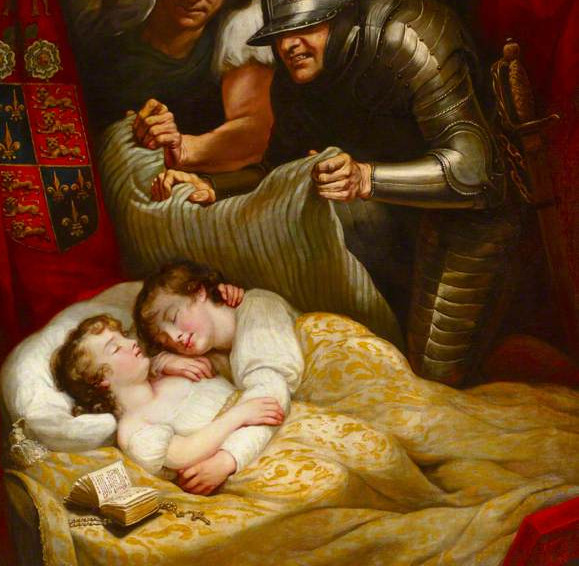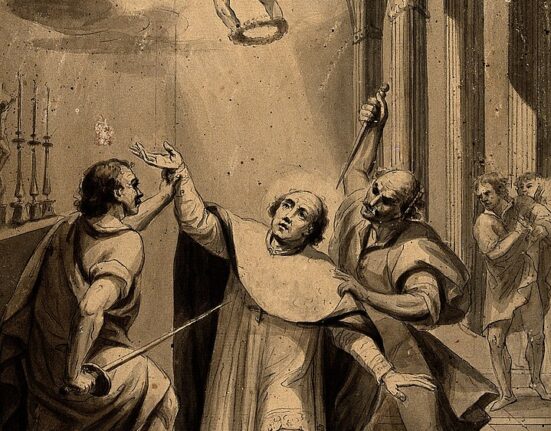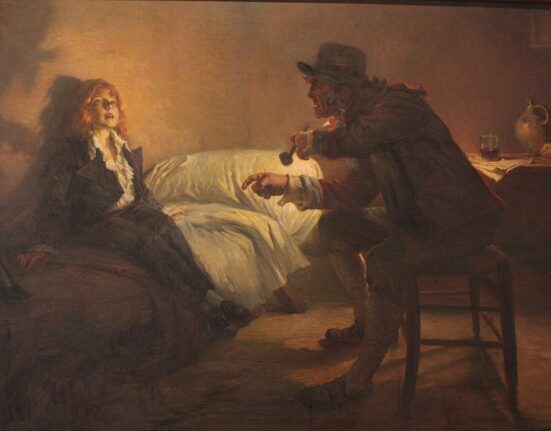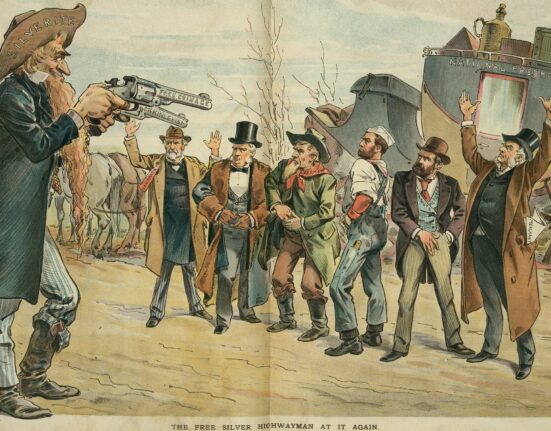Richard III was never meant to be the king of England. He was, in fact, several degrees removed from this position for most of his life. Born in 1452 as the fourth surviving son to the powerful Duke of York, Richard was certainly positioned to be a man of importance, however his elder brothers would seem to be far more consequential. In spite of all appearances to the contrary, though, Richard would become a figure of inarguable significance. King Richard III was the last Plantagenet king of England as well as the last Yorkist. His reign would mark the end of the War of the Roses which saw the Lancaster and York branches of the royal Plantagenet family vying for control over the throne. Both Richard’s father and his older brothers were major players in this conflict which lasted from 1455 to 1487. When Richard III’s father died attempting to enforce his own claim to the throne, Richard’s eldest brother, Edward, successfully ascended to the throne. King Edward IV was crowned king in 1461 after soundly defeating Lancastrian forces. (1)
Although Richard was quite young when this occurred, Edward IV’s ascension to the throne had greatly impacted his fortunes. Upon adulthood, Richard became an active nobleman, married the youngest daughter of the Earl of Warwick, Anne Neville, and became his brother’s figurehead in Wales.
By all accounts, Richard was an asset to his royal brother; when their middle brother George attempted to usurp Edward, Richard remained loyal to the eldest of the brothers. Eventually, Richard was made the Duke of Gloucester, and his continued military support was one of the pillars that upheld Edward’s reign. (2)
An Unlikely King
Then, in April of 1483, Edward IV died. His death was an unexpected complication which suddenly rocketed the fourth son, Richard III, into the unlikely position of pseudo-kingship. Edward’s successor, young Edward V, was only twelve years old. He was, via the late Edward IV’s will, to be brought under Richard III’s care as lord protectorate. This role was tantamount to king regency, however Richard’s new proximity to power came with a host of new risks. Edward V was accompanied by his father’s loyal chamberlain, William Hastings, by his younger half brother Richard of Shrewsbury, and by his mother’s family, the Woodvilles. At first, Richard III swore allegiance to the young king, however this allegiance would be tested by the royal council’s decision to allow Edward to ascend to the throne immediately, bypassing the need for a lord protectorate. It has been argued that this move terrified Richard III, who may have feared the influence of the Woodville family. (3)
In any case, what happened next was a bizarre reversal of Richard’s apparent lifelong loyalty to his brother. Richard III seized his nephew, his nephew’s young brother, and William Hastings. This move, at first, appeared to have been a bid to reestablish the lord protectorate role. Richard claimed to fear conspiracies against his young nephew, and repeatedly asserted his loyalty and desire to see Edward V on the throne. He placed Edward, along with Richard of Shrewsbury, in the Tower of London; this was not such a sinister place at the time and monarchs were frequently lodged there. The tone of Richard’s actions shifted dramatically, however, when Richard III, citing another conspiracy, had William Hastings executed. Hastings had been a supporter of Richard’s lord protectorate role and was unlikely to have been plotting with the Woodvilles. So, it has been argued that Richard’s only reason to execute Hastings was the fact that Hastings was doggedly loyal to young Edward V. (4)
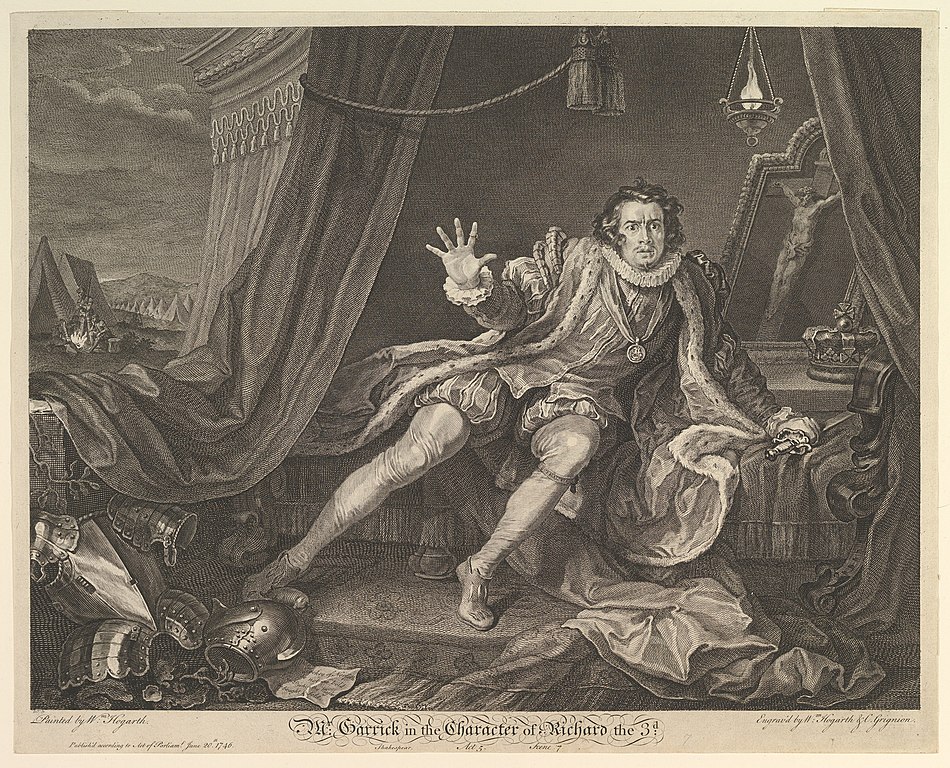
Less than one month after seizing Edward V and Richard of Shrewsbury, Richard III announced his claim to the throne, claiming that a previous forgotten betrothal on the part of Edward IV rendered both children illegitimate. The young princes were never seen again, and speculation has since abounded regarding their fate.
King Richard III’ reign would be short-lived. He was defeated at the Battle of Bosworth two years later in August of 1485. He was succeeded by the victorious Henry Tudor, known as Henry VII. This marked the end of the War of the Roses and the final death knell of the Plantagenet dynasty.
The Hunchback King
Richard III has since been portrayed as a monstrous hunchbacked fiend, accused of slaying the missing princes in order to claim the throne. Sinister portrayals of Richard are not unfounded, his execution of Hastings certainly seems to support this. However, reports from his contemporaries paint a picture of a man who was once content to support his brother, a man who attempted to initiate reforms and rule judiciously.
The truth, as in most cases, likely falls somewhere in between.
Bizarrely, though, reports of Richard’s physical deformity, once thought to be completely unfounded, are now believed to be exaggerations stemming from a noticeable case of scoliosis.
The Skeleton Under the Car Park
This is because Richard III’s body was unexpectedly discovered in 2012 beneath a car park. A former friary was discovered beneath the car park along with several skeletonized bodies. One of these, now confirmed by DNA and other identifying features to be Richard III, was found with a significant but not disabling degree of scoliosis. We know that Richard III was able-bodied and that his contemporaries never reported any deformity, however later Tudor accounts described him as disfigured in a myriad of ways. (5)
Richard III was reburied at Leicester Cathedral shortly after the discovery of his remains. (6)
The Missing Princes
The missing princes are presumed to have died in the Tower of London, although the details of this are hotly contested. Two bodies of seemingly appropriate ages and sizes were discovered beneath a stairwell within the Tower of London in 1674, however these have never been confirmed as belonging to the princes. (7)
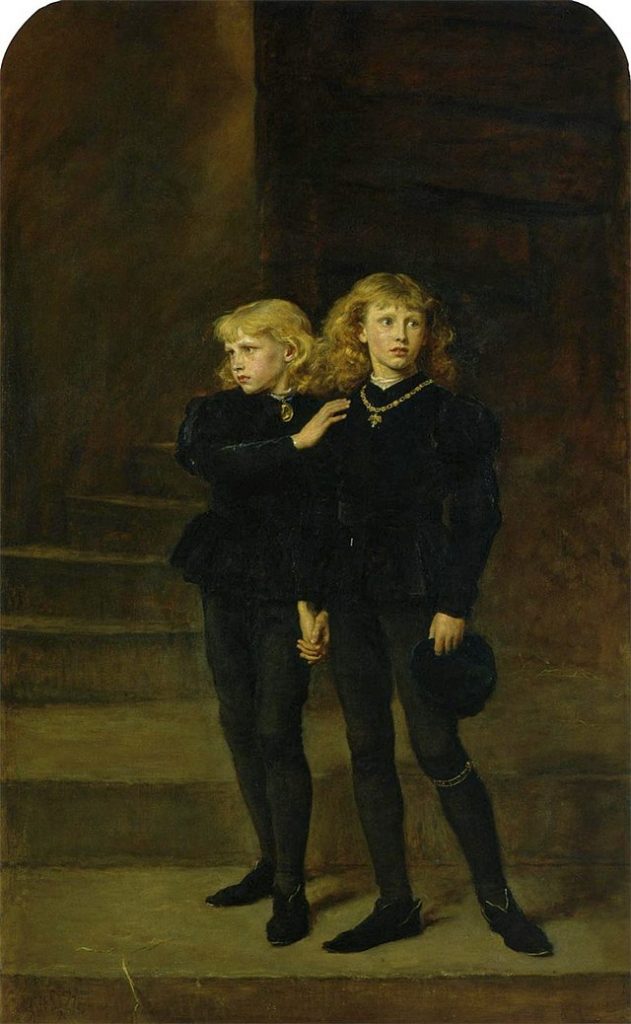
Similarly, a pair of bodies were found within Saint George’s Chapel in Windsor in 1789. These bodies were allegedly found in the adjoining vault to the one in which Edward IV was buried along with his wife. The coffins in which the children’s bodies were found were labeled as belonging to two of Edward IV’s children who had died before he had, but those bodies were found and identified in another location. Thus, the bodies buried in Saint George’s Chapel remain a mystery and a potential lead as to the fates of Edward V and Richard of Shrewsbury. (8)
Forensic scientists have been unable to gain permission to access either of the sets of bodies in order to determine their identities.
Truth or Fiction?
In a story rife with intrigue, conspiracy, and sinister cabals, it can be incredibly difficult to separate the facts from the fabrications. Inasmuch as Richard III is a likely suspect for the disappearances of the boys, so too is Henry Tudor.
Richard may have needed the boys out of the way in order to take the throne, but by locking them away and delegitimizing their claims he had essentially accomplished this. Henry Tudor, on the other hand, had very little claim to the throne. His rule was supported by the mere fact that he had triumphed at Bosworth. With Richard III deceased, there was nobody left with a claim firm enough to really challenge that conquest. This would not have been the case if the princes were alive when Henry defeated Richard. In such an instance, it would have been a major source of instability for the princes to be allowed to live. (9)
Truthfully, evidence against Henry Tudor is flimsy at best. Let us not forget, though, that beyond his custodial role over the boys, evidence against Richard is entirely circumstantial and largely comes from the period after his death. Doubts even swirl, amongst more imaginative speculators, regarding the possibility that one or both of the boys may have survived and lived on in hiding. While this is vanishingly unlikely, it cannot be disputed with certainty until a conclusive piece of evidence is identified. Having waited more than five hundred years for answers, it seems that the world must content itself with accepting this as one of the most enduring historical mysteries and acknowledging that it is likely to remain so forever more.
